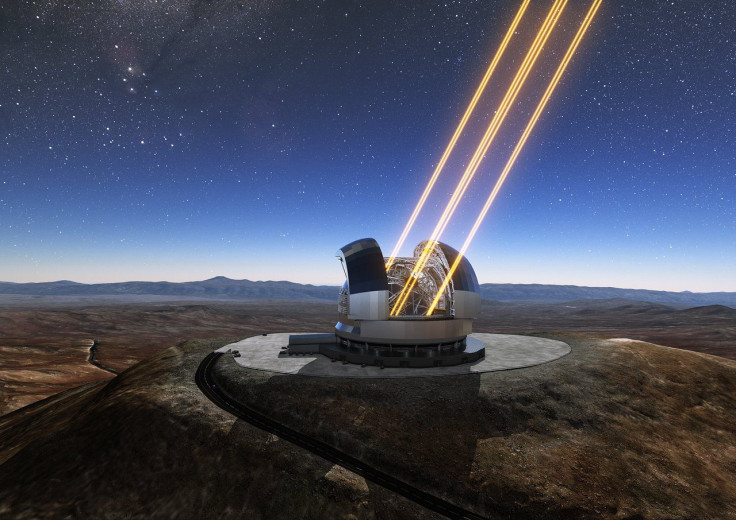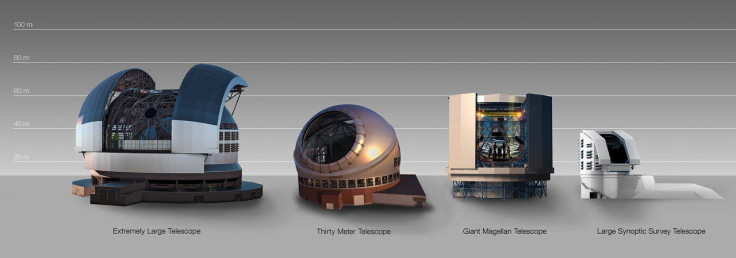ESO’s Extremely Large Telescope, World’s Biggest Yet, Starts Construction In Chile

After 12 years of planning and consultations, work on the world’s largest telescope yet began Friday in northern Chile. The European Southern Observatory’s (ESO) Extremely Large Telescope (ELT), with a main mirror measuring 39 meters (almost 128 feet), is expected to start functioning in 2024.
The 85-meter rotating dome that will house the ELT is being built near the ESO’s Paranal Observatory. Once ready, the telescope — which is both optical and infrared — “will be the biggest ‘eye’ ever pointed towards the sky and may revolutionize our perception of the Universe. It will tackle a wide range of scientific challenges, including probing Earth-like exoplanets for signs of life, studying the nature of dark energy and dark matter, and observing the universe’s early stages to explore our origins,” ESO said in a statement Friday.
Read: Event Horizon Telescope Starts Operations, To Photograph Supermassive Black Holes
The massive mirror of ELT will not be a single monolithic piece, but will instead be made up of 798 smaller mirrors, each one shaped like a hexagon, 5 centimeters thick (almost 2 inches) and about 1.4 meters wide, giving it a total light-collecting area of 978 square meters.
For comparison of size, the largest existing land telescopes today have main mirrors in the vicinity of 10 meters. The largest one, Gran Telescopio Canarias on the island of La Palma in Spain, has a segmented mirror that is 10.4 meters across. The largest non-segmented mirrors are the two 8.4-meter optical lenses used in the Large Binocular Telescope in Arizona, but even those two together add up to just over half of ELT’s light-gathering ability.

Around 5,000 tons is about how much the dome will weigh in total after it is built and equipped. A significant 60 percent of that, or 3,000 tons, will be the weight of the total moving mass inside the dome, which will include the telescope mounting and tube structure.
The four major instruments that will be installed on ELT are High Angular Resolution Monolithic Optical and Near-infrared Integral field spectrograph (HARMONI), Multi-conjugate Adaptive Optics RelaY for the ELT (MAORY), Mid-infrared ELT Imager and Spectrograph (METIS) and Multi-AO Imaging Camera for Deep Observations (MICADO).
Tim de Zeeuw, director general of ESO, said in the statement: “The ELT will produce discoveries that we simply cannot imagine today, and it will surely inspire numerous people around the world to think about science, technology and our place in the universe.”

The government of Chile, which donated the land to ESO for building the ELT, was represented at Friday’s stone-laying ceremony by President Michelle Bachelet Jeria, who also sealed a time capsule that contains a book describing the mission’s scientific goals and a poster with photographs of ESO staff.
“With the symbolic start of this construction work, we are building more than a telescope here: it is one of the greatest expressions of scientific and technological capabilities and of the extraordinary potential of international cooperation,” Jeria said at the event.
© Copyright IBTimes 2025. All rights reserved.



















